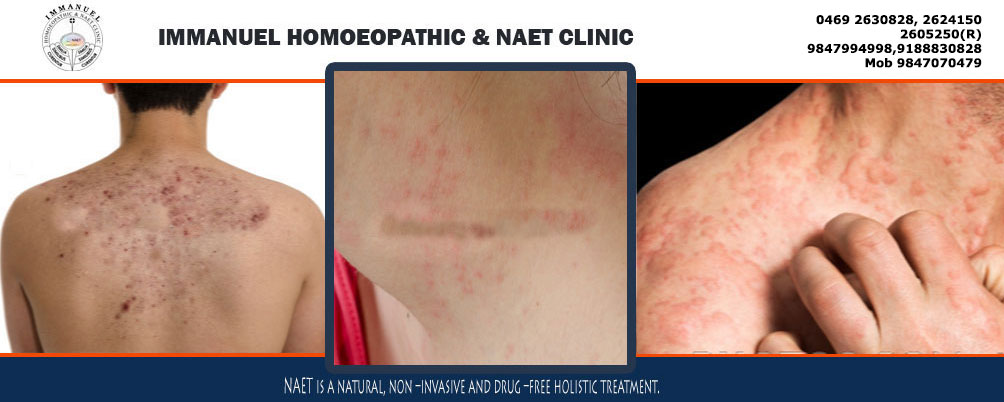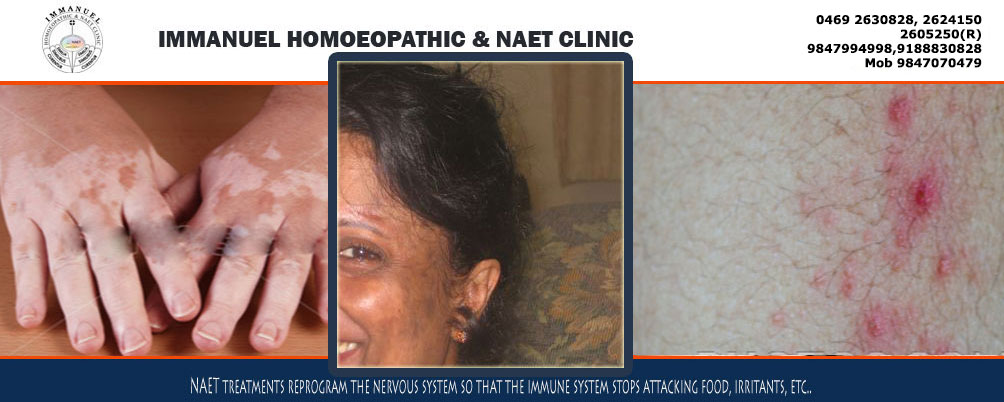ALLERGIES and DISCOMFORTS

What is an allergy?
An allergy is an abnormal response on the part of the body to a substance (the Allergen). The allergen can be a food , something in the environment, or a toxic substance.The allergic person may react negatively to minute amount of a toxic or non toxic Substance . The body releases large amount of IgE antibodies which release histamin and other chemicals, and cause various allergic type symptoms. The tendency towards allergies can be inherited from a parent or grandparent. Some times, at any age allergies can develop with out warning.
Diagnosing Allergy
The first step in diagnosing an allergy is to take a thorough patient history, including chief complaint, present history, past medical history, family history, and social history, history of activities, hobbies and nutrition. It will be beneficial to obtain a thorough record of any allergic symptoms in the patient's family, tracing back two or three generations if possible.
Then run all traditional allergy testing procedures and laboratory testing procedures such as complete blood count, total immunoglobulin E studies, IgE specific studies using RAST or ELISA, serum Tryptase, Scratch test, etc.
Following allergies / discomforts can be treated with NAET®
Food items |
Substances/agents |
Discomforts |
Disorders |
|---|---|---|---|
| Milk | Fabric/Cloth | Asthma | ADHD |
| Egg | Medicines | Cold | ADD |
| Meat | Chemicals | Headache | Autism |
| Fish | Detergents | Gastritis | Anemia |
| Vegetable | Soaps | Bronchitis | Obesity |
| Fruits | Sugar | Joint pain | Aggression |
| Nuts | Salt | Muscle pain | Depression |
| Spices | Shampoo | Migraines | Food craving |
| Dry fruits | Artificial ornaments | Sinusitis | Addictions |
| Grams/beans | Hair oil | Arthritis | Infections |
| Bakery products | Facial creams | Cough | |
| Cooking oils | Body lotions | Loss of appetite | |
| Ice cream | Dust | Indigestion | |
| Crab | Smoke | Giddiness | |
| Cold water | Vitamins | Cholesterol | |
| Hot water | Nutrients | Skin allergies | |
| Daal | Perfumes | Blood Pressure | |
| Alcohol | Powders | Running nose | |
| Packed foods | Mold | Mouth ulcer | |
| Container juices | Yeast | Hair fall |



